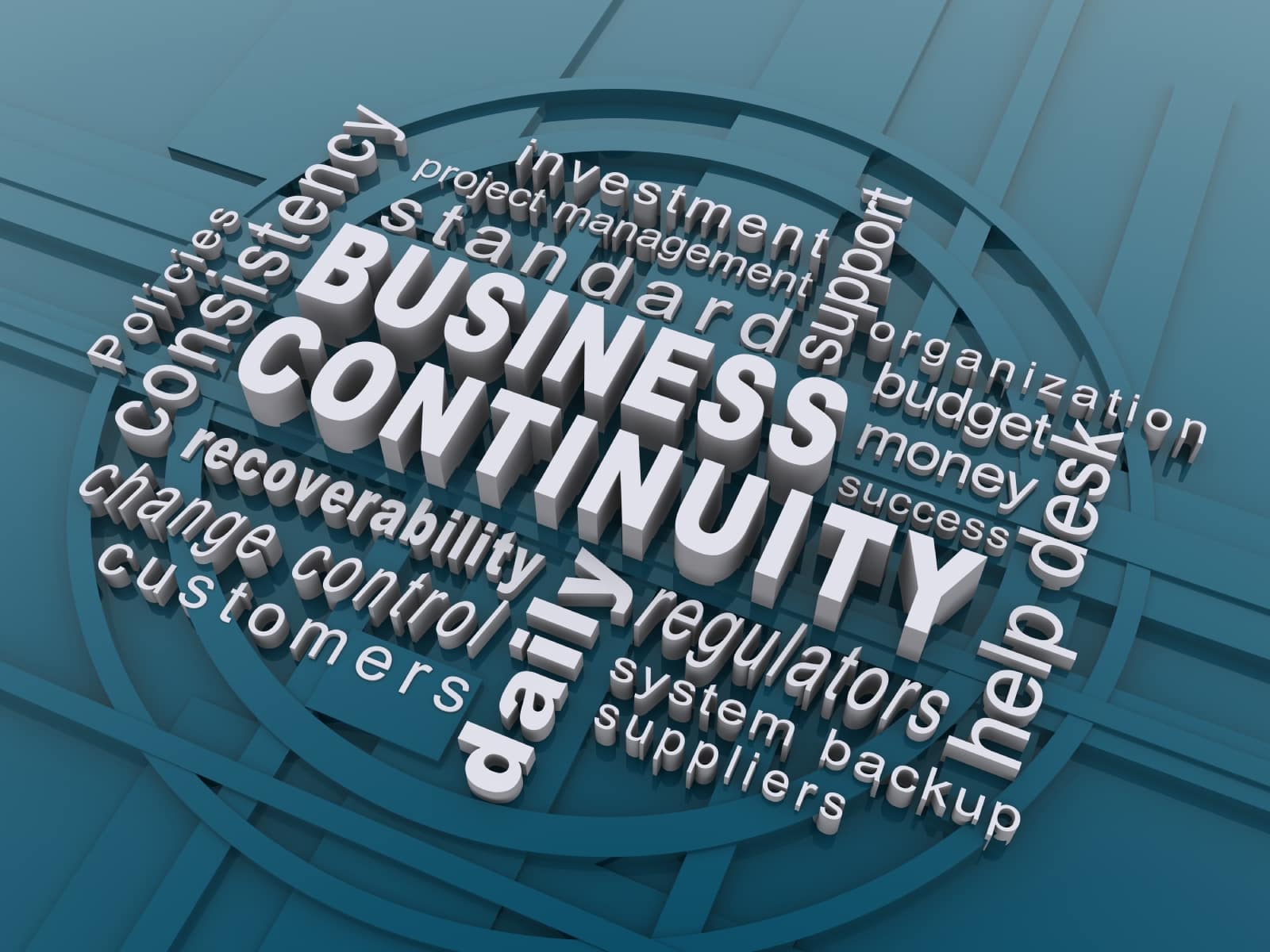Developing an effective strategy for a business requires consideration for the potential risks and problems that may arise at different times. Although each business faces unique risks and complications, setting up a plan of action to limit the possible challenges helps a company succeed in any industry. Business continuity planning and evaluating the effectiveness of the plan with ISO 22301 allows a company to accomplish specific goals without ignoring the risks.
Basics of a Business Continuity Program
A business continuity program refers to the plan of action a business takes to limit risks and threats to the company. According to Investopedia, the primary goal of business continuity planning is the protection of personnel and assets when a disaster occurs. It focuses on limiting risks and maintaining function in unexpected situations.
The Department of Homeland Security reports on Ready.gov that insurance coverage does not always protect a business against specific risks or threats. A continuity plan identifies critical business functions and helps develop a solution when problems arise to limit the possibility of financial losses to the company in the event of an emergency. The goal of the continuity program is an effective strategy against the financial and physical risks associated with potential complications and problems.
What is ISO 22301?
When a company develops and creates a business continuity program, they benefit from the use of ISO 22301. By recognizing the details in the standards, a business evaluates the current program and makes positive changes to improve the situation.
ISO 22301 refers to the international standards set forth to improve the continuity program. According to ISO.org, applying ISO 22301 allows an organization or company to respond to incidents and emergencies in an appropriate manner so the business continues to function.
The standards apply to multiple situations and incidents. It helps a business evaluate the continuity program for acts of terrorism, natural disasters and even technological attacks on the company network or computer systems. Essentially, ISO 22301 is a standard companies follow to evaluate and improve the continuity program based on specific scenarios, emergencies or unexpected incidents that may slow down the function of a business. It allows the company to continue essential functions when problems arise so it does not lose profitability.
Want to learn more about Business Continuity?
Our Ultimate Guide to Business Continuity contains everything you need to know about business continuity.
You’ll learn what it is, why it’s important to your organization, how to develop a business continuity program, how to establish roles & responsibilities for your program, how to get buy-in from your executives, how to execute your Business Impact Analysis (BIA) and Business Continuity Plans, and how to integrate with your Crisis Management strategy.
We’ll also provide some perspectives on how to get help with your program and where to go to learn more about Business Continuity.
Requirements to Implement ISO 22301
Implementing ISO 22301 begins with the goals of the company and the initial emergency planning process. Since ISO 22301 is designed to help companies and organizations of all sizes, it provides a basic guideline or set of standards to improve and evaluate a continuity program. It does not provide the specifics a company needs due to the wide variety of organizations using the standards. Essentially, it gives the company a place to start and a framework to build upon, but the business must continue improving and adjusting the plan to maintain the standards and keep up with any changing requirements that may occur in the future.
The primary requirements associated with the standard include:
- Working with the company management to get the entire team on the same page regarding business continuity planning
- Identifying important individuals, groups, teams or company employees for specific functions and roles in the program
- Creating a communication plan, particularly in relation to large company shareholders
- Defining the primary responsibilities and rules for business continuity
- Assessing risks to the business, including ways to prevent or limit the damage for certain risks
- Conducting a business impact analysis for different scenarios, particularly when identifying the functions a company must maintain in emergency situations
- Developing a system for record control and the maintenance of important documents in different emergencies, such as setting up a backup system or printing out physical copies of important documents
- Evaluating information and then developing a business continuity plan
- Creating a long-term business continuity program to implement different elements of the plan and prepare for potential disasters
- Training employees or the management team in the implementation of the program
- Raising awareness about risk management
- Maintaining important documentation or paperwork
- Testing and reviewing the strategy
- Internal auditing or having a third party from the company check the system
- Adjusting the plan of action
- Getting the management team involved to review the process
ISO 22301 is a guideline that helps a company develop a better plan of action for emergencies or risk management. The standards focus on improving the plan by identifying essential business functions, developing a plan to keep up with essential functions in different emergency situations and then testing or reviewing the program to make positive changes or adjustments. It is a process and employers should expect the program to change and shift over time.
Maintaining the System
Since ISO 22301 focuses on developing an effective program for risk and threat management in different situations, a company must recognize the possibility for changes and adjustments over time. Maintaining the system through consistent vigilance allows a business to address problems before it develops into a serious concern.
The primary factor involved in the maintenance of the system is staying up-to-date with any regulations, laws or changes to the ISO 22301 requirements that may occur over time. Stay involved with the business continuity program and update the program when necessary for new legal standards that apply to the company or any changes to the basic standards that apply to the business.
Keep in mind that changes in regulations, laws and even ISO standards may vary based on the size of the company or the industry. Focus on the changes that apply to the organization.
Maintain appropriate paperwork by constantly updating and improving the documentation process. Since documents become outdated, a business must adjust and update the paperwork over time to maintain ISO 22301 standards.
Test, evaluate and change the program on a regular basis. Testing the current program and using the ISO standards to review the program allows the company to make positive changes. Adjust the business continuity program when necessary for the function of the organization.
The ISO 22301 standards provide the framework or foundation for an organization to develop an effective business continuity program. Use the standards to update, change and improve the current program for better risk and threat management.
Want to work with us or learn more about Business Continuity?
- Our proprietary Resiliency Diagnosis process is the perfect way to advance your business continuity & crisis management program. Our thorough standards-based review culminates in a full report, maturity model scoring, and a clear set of recommendations for improvement.
- Our Business Continuity (including effective Business Continuity Lifecycles) & Crisis Management services help you rapidly grow and mature your program to ensure your organization is prepared for the storms that lie ahead.
- Our Ultimate Guide to Business Continuity contains everything you need to know about Business Continuity
- Our free Business Continuity 101 Introductory Course may help you with an introduction to the world of business continuity – and help prepare your organization for your next disruption. Our paid 5-Day Business Continuity Accelerator might just be the thing you need to jumpstart your business continuity program.
- Learn about our Free Resources, including articles, a resource library, white papers, reports, free introductory courses, webinars, and more.
- Set up an initial call with us to chat further about how we might be able to work together.


 3 Essentials for Thriving in a Crisis
3 Essentials for Thriving in a Crisis